Delhi shuts all primary schools as hazardous smog worsens
Indian capital announces a raft of measures to tackle severe air pollution
Your support helps us to tell the story
From reproductive rights to climate change to Big Tech, The Independent is on the ground when the story is developing. Whether it's investigating the financials of Elon Musk's pro-Trump PAC or producing our latest documentary, 'The A Word', which shines a light on the American women fighting for reproductive rights, we know how important it is to parse out the facts from the messaging.
At such a critical moment in US history, we need reporters on the ground. Your donation allows us to keep sending journalists to speak to both sides of the story.
The Independent is trusted by Americans across the entire political spectrum. And unlike many other quality news outlets, we choose not to lock Americans out of our reporting and analysis with paywalls. We believe quality journalism should be available to everyone, paid for by those who can afford it.
Your support makes all the difference.Authorities in Delhi have closed all primary schools and implemented a series of emergency measures to mitigate the impact of hazardous smog engulfing the city.
The new measures, announced on Thursday, include a ban on non-essential construction, intensified street sweeping with dust suppressants, and a call for people to avoid using coal and wood for heating.
The initiatives came into force on Friday morning across the city, which is currently ranked as the world’s most polluted capital.
Severe air pollution across northern India has disrupted daily life, delayed flights, and obscured landmarks like the Taj Mahal in Agra and the Golden Temple in Amritsar.
At Delhi’s main airport, visibility fell to 300m, delaying 88 per cent of departing flights and over half of arriving flights, according to Flightradar24.
The pollution was so severe earlier in the week that flights had to be rerouted from the capital due to zero-visibility conditions.
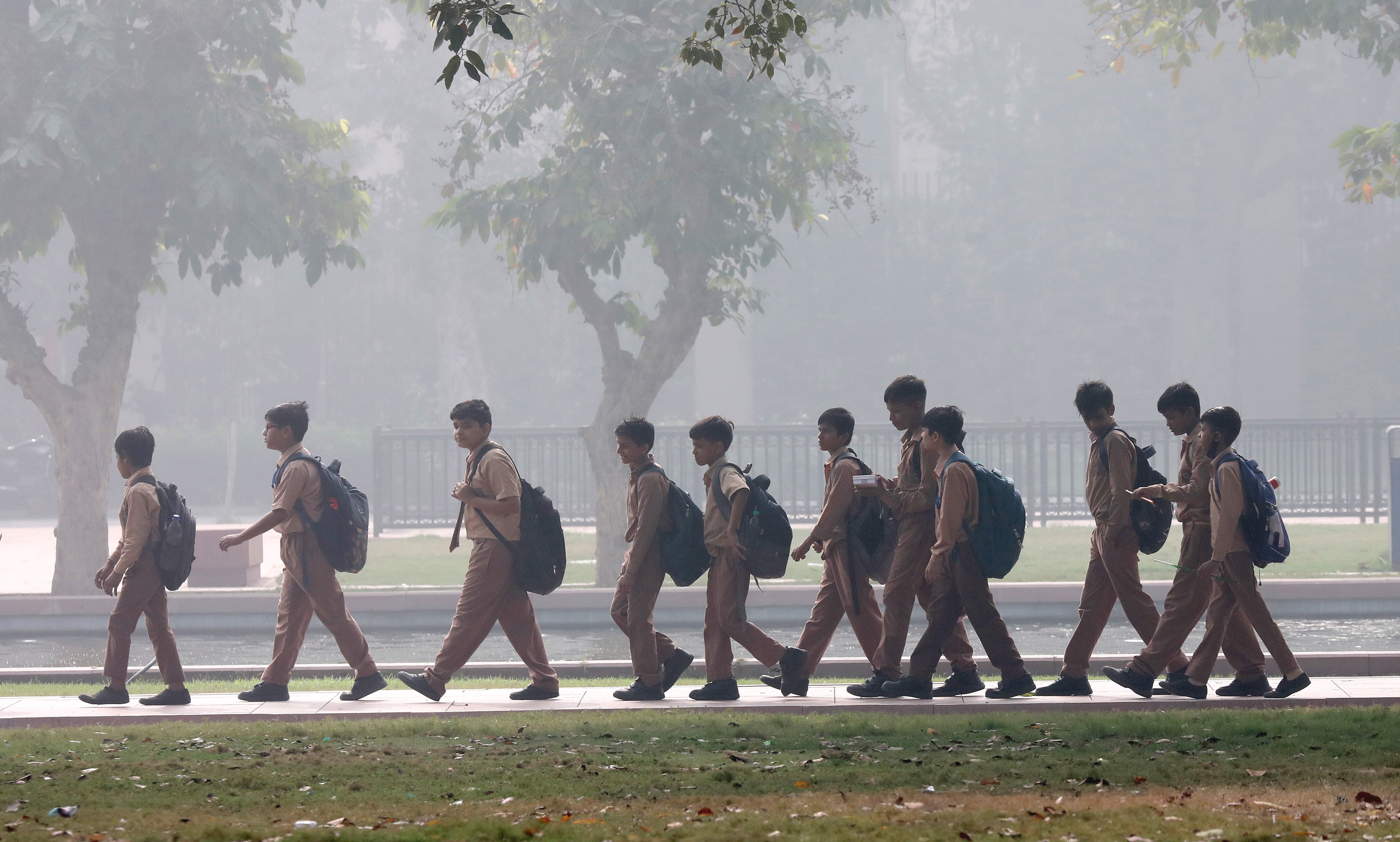
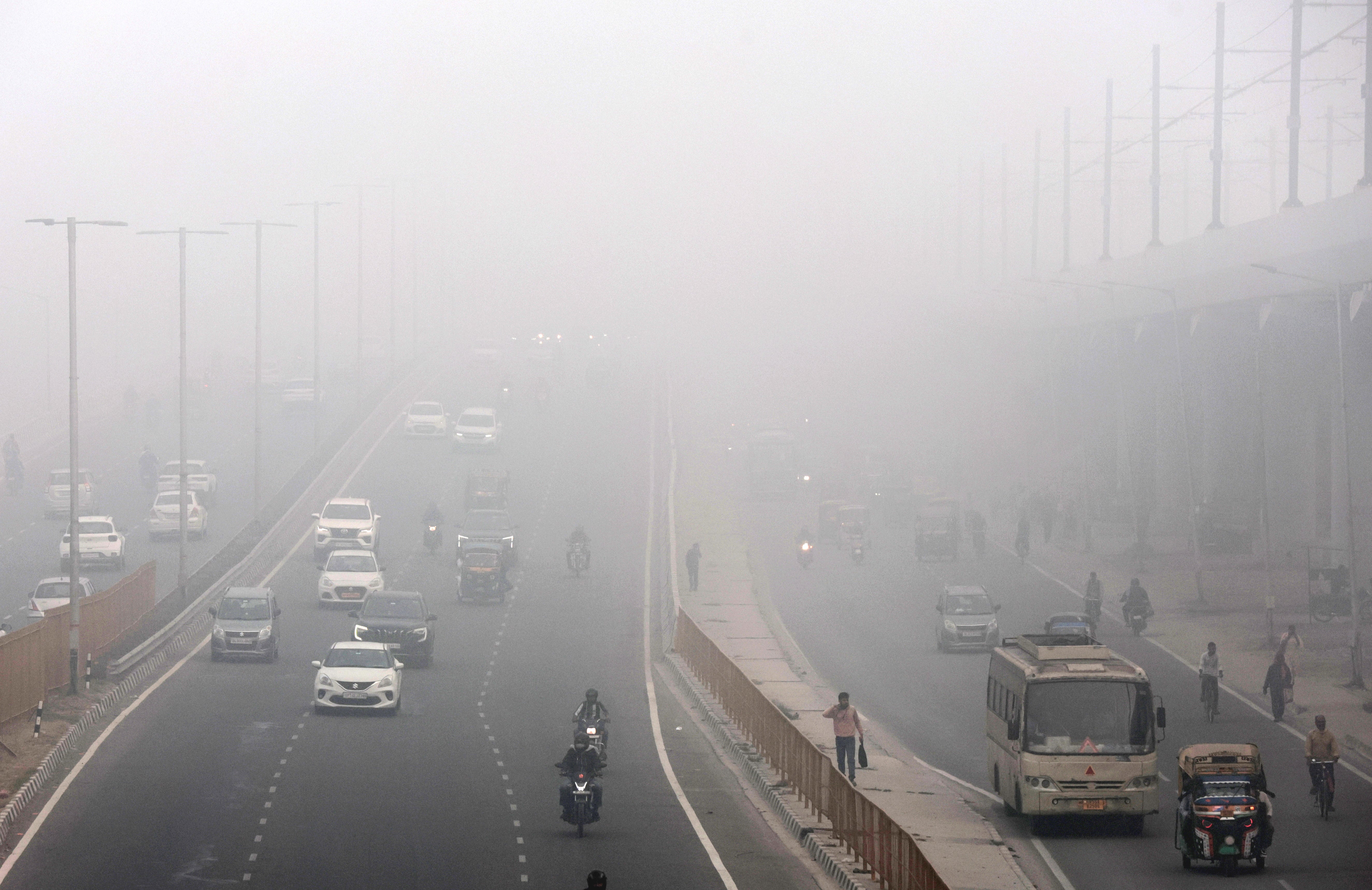
Delhi chief minister Atishi, who goes by her first name, has directed all primary schools to conduct classes online until air quality improves as the thick smog has triggered respiratory issues, especially in children. The period for which the restrictive measures will remain in place, however, remains unclear.
“There has been a sudden increase in children with allergies, cough and cold, and a rise in acute asthma attacks,” Sahab Ram, a paediatrician in Punjab’s Fazilka district, where children are particularly affected, told ANI news agency.
“We feel pain in the lungs and stomach during training,” Harmanjeet Singh, an athlete was quoted as saying by the Indian Express.
“I’m a national level athlete, my event is 110m hurdles. I am training for All India University Games. This year pollution level is less compared to previous years. But still, it affects us. I travel from Faridabad, while travelling pollution affects the eyes.”
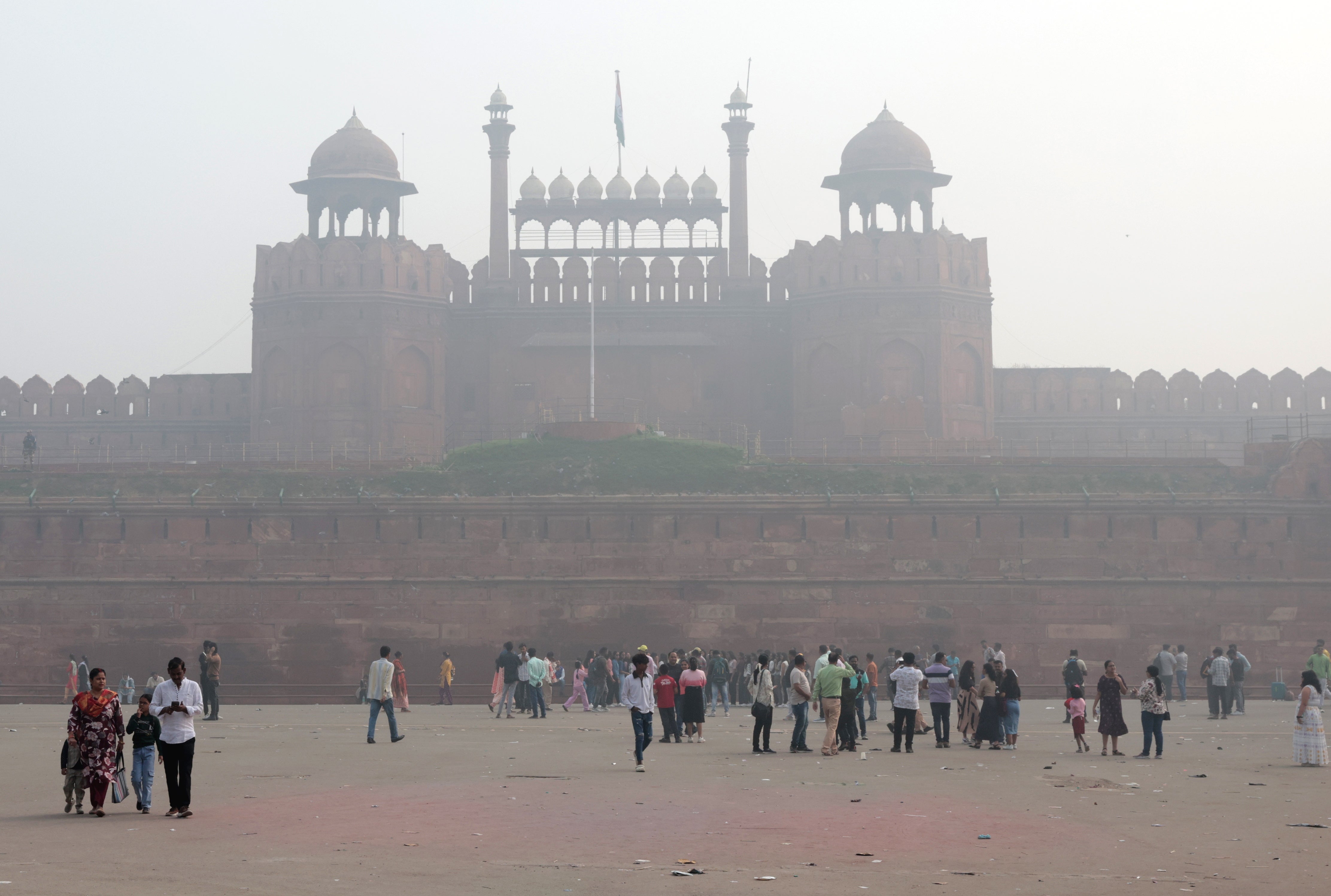
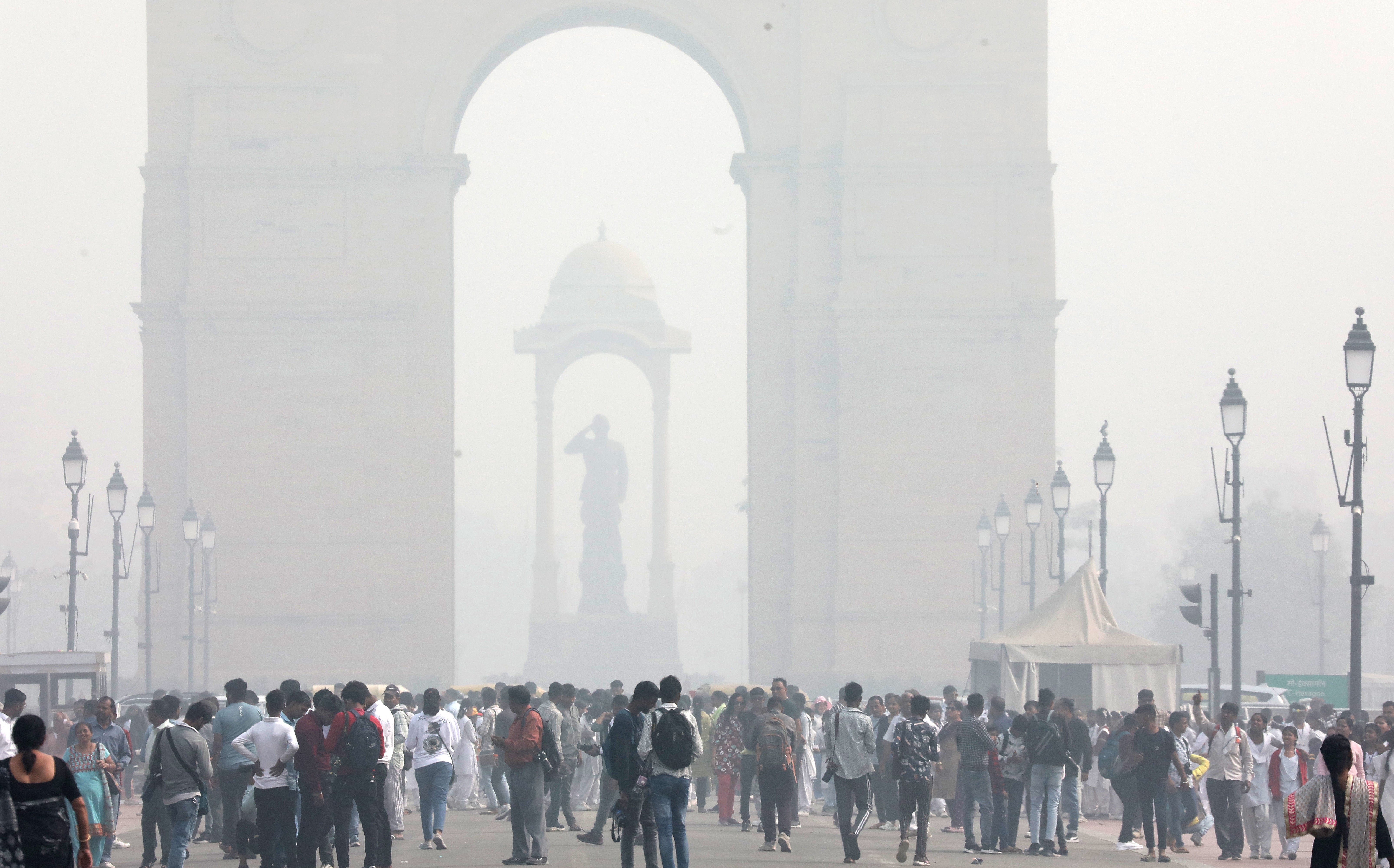
Delhi’s air quality index was 424 on Thursday, which falls in the "severe" category, according to live data from Swiss group IQAir. This made it the most polluted capital city in the world.
In many areas of the city, the pollution levels were more than 50 times higher than the WHO’s recommended safe limit, with the residents reporting eye irritation and breathing issues.
Forecasters warned that air quality could worsen before the arrival of cold winds next week which may blow away the smog.
Northern India’s air quality has deteriorated sharply over the past week, largely due to smog—a blend of smoke, dust and fog trapped by cold air and made worse by agricultural burning.
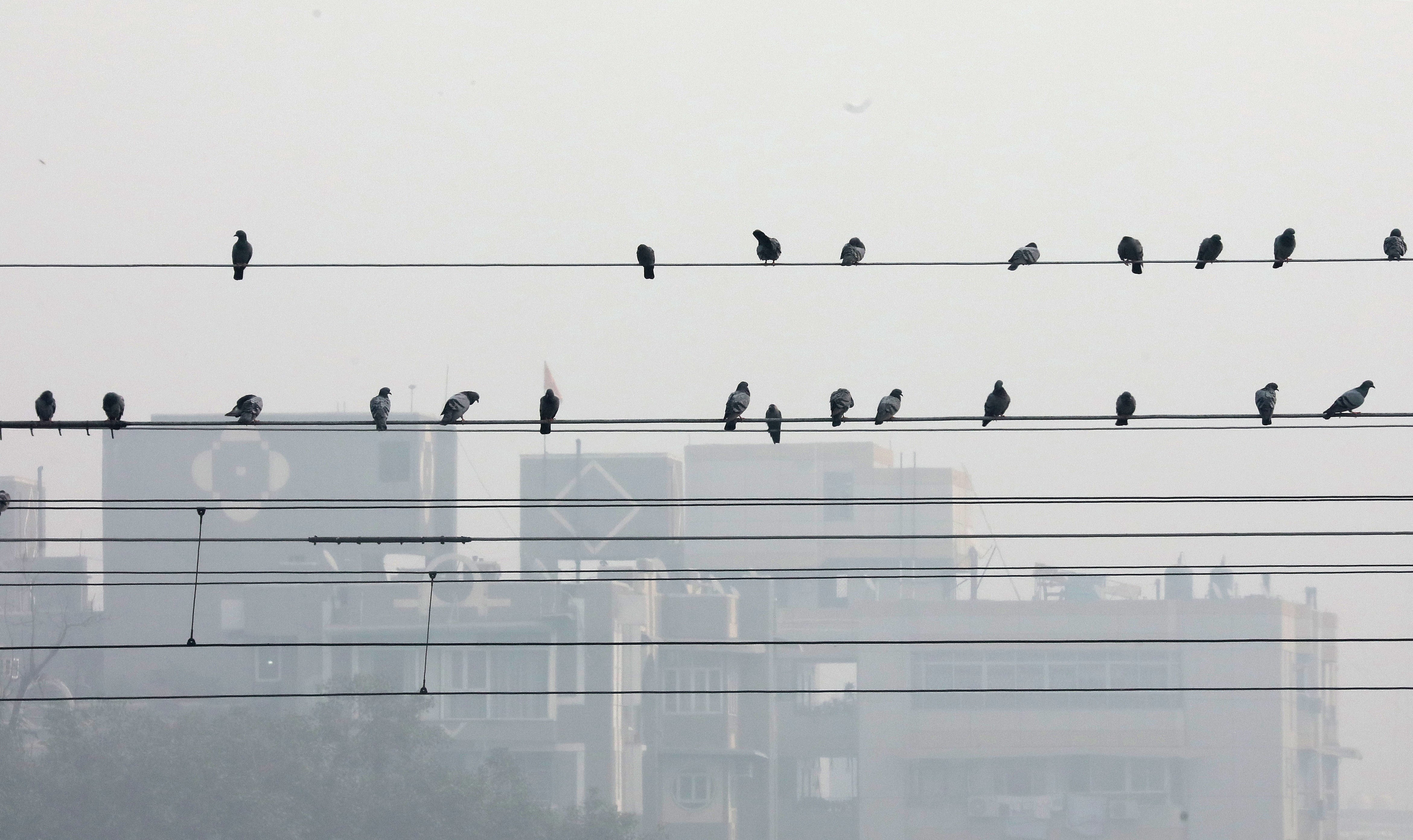
Government officials said stubble burning in neighbouring Punjab and Haryana, a common practice of clearing rice stubble from fields, accounts for roughly 38 per cent of Delhi’s pollution this season. The number of recorded farm fires jumped from 1,200 on Monday to nearly 2,300 by Wednesday, according to government data.
The Indian government has asked people to use public transport to reduce emissions as forecasters warned the smog may persist at "severe" levels until at least Friday. Slight improvements are expected over the weekend when the pollution is projected to reach "very poor" status, with an index score between 300 and 400.
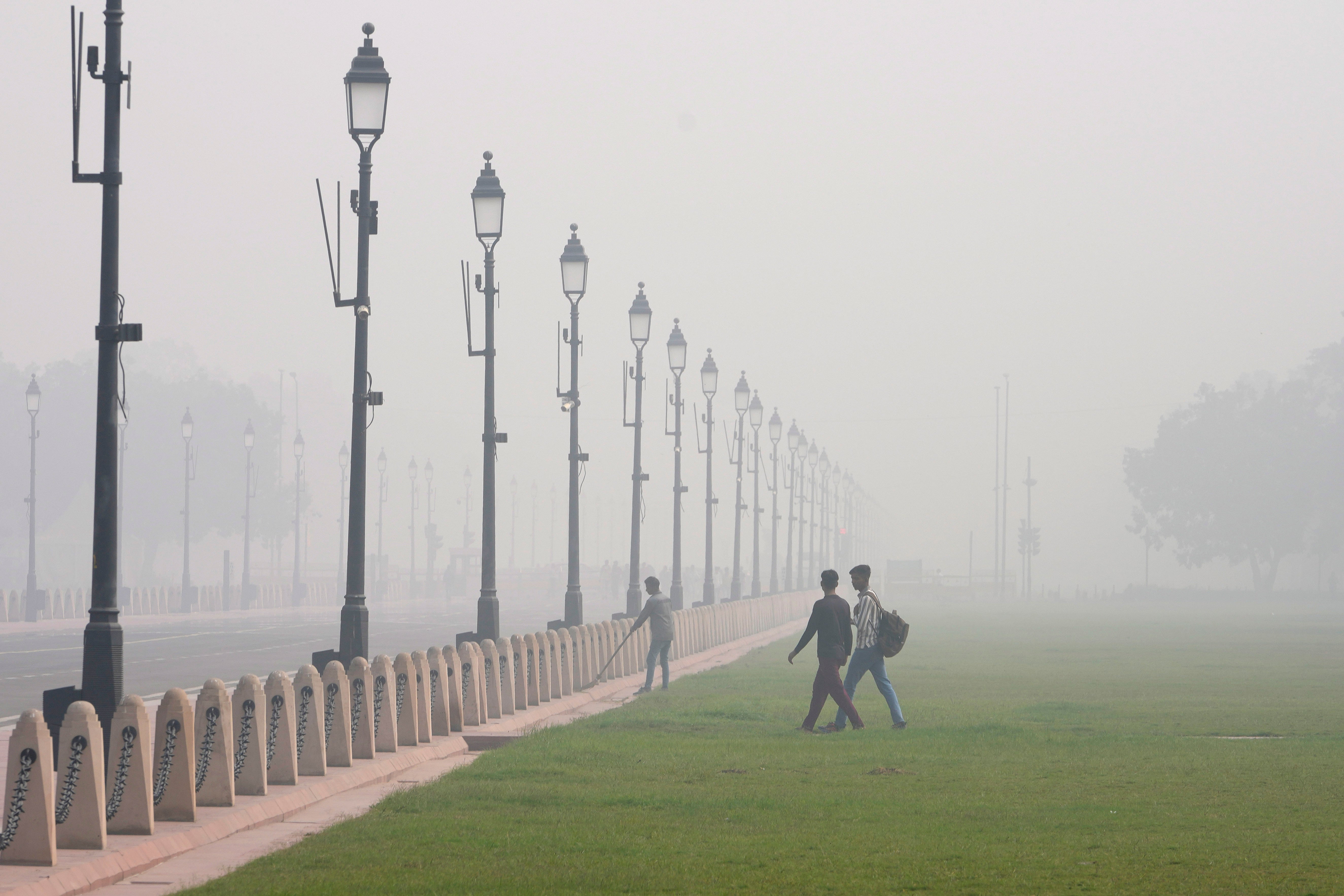
Across the border, Lahore, the capital of Pakistan’s Punjab province, became the world’s most polluted city on Thursday, according to IQAir, as it battled record-high pollution levels.
The levels in Hanoi, Vietnam, were also unhealthy, according to IQAir.
Transport, industry and construction were the main causes of bad air in Hanoi, Nguyen Hoang Anh from the environmental quality management division at the Pollution Control Department told state media on Monday.
Hanoi has about a million cars and nearly seven million motorbikes. Many are old and don’t meet emission standards. Construction projects also don’t stop dust from escaping, and factories use fossil fuel for power, contributing to the city’s smog.
Bangkok’s air quality was unhealthy for sensitive groups. The meteorological department said air ventilation rates have been poor recently and an atmospheric inversion layer caused airborne particles to accumulate.
Additional reporting by agencies.

Join our commenting forum
Join thought-provoking conversations, follow other Independent readers and see their replies
Comments